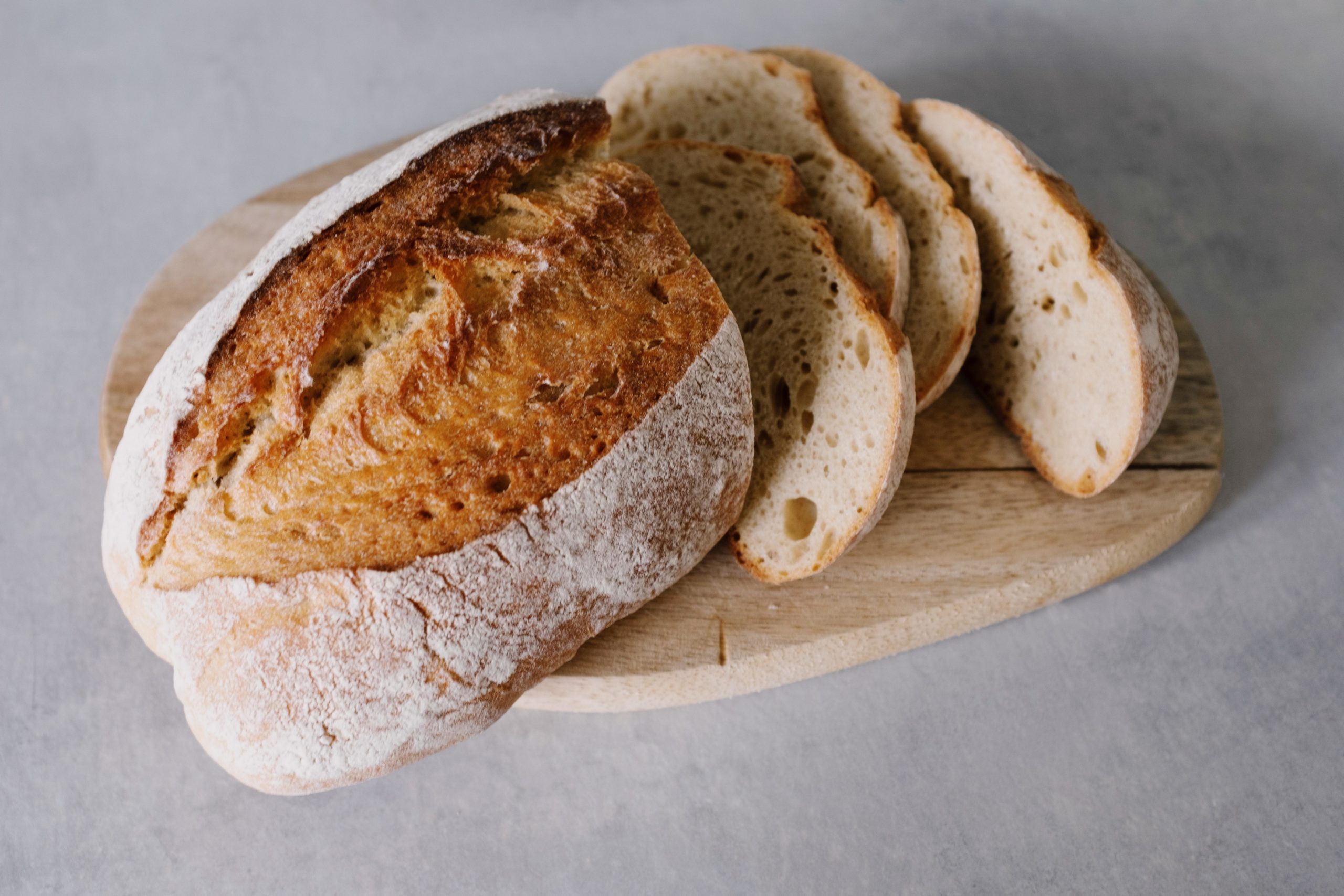A green wall that is good enough to eat
Living walls are not just beautiful to look at – they can be useful too. City restaurants, for example, are using vertical gardens to grow herbs and salad plants to use in dishes, as well as making striking, memorable marketing statements about their premises.
Fresh, locally produced produce is always a plus point in the hospitality industry, and nothing is more fresh or local than vegetables and herbs plucked from the premises’ own wall. Vertical landscaping allows any city pub, hotel or restaurant to have its own “cottage garden”, with none of the limitations on space imposed by a traditional garden. Grown indoors or in a courtyard, away from pollution and traffic fumes, the plants offer customers an attractive backdrop to their dining experience, and the chef an easy and convenient source of fresh organic produce to use in their recipes.
Commercial edible wall installations
The idea of growing and harvesting fresh lettuces, tomatoes, parsley and other edible produce from a modular wall installation has caught on with both domestic and commercial customers. In fact, the celebrated New York chef Mario Batali is such a fan that he has installed vertical gardens at both his Los Angeles restaurants.
The Seasons52 chain, which promotes healthy eating using high quality, locally sourced seasonal ingredients, was the first to embrace the edible wall concept. At their new Santa Monica restaurant, conventional planters and a wraparound living patio outside offer both sound insulation and an aromatically-enhanced, aesthetic experience for al fresco diners. Plants include Asian jasmine, mint, rosemary, chamomile, moneywort, lemon button ferns and ornamental grasses.
Inside, there is a glass-enclosed, climate controlled Chef’s Garden Wall, with 140 specially selected herbs. The green wall concept even extends to the Chef’s table, which has been turned into a living artwork, planted with aromatic herbs and spices.


